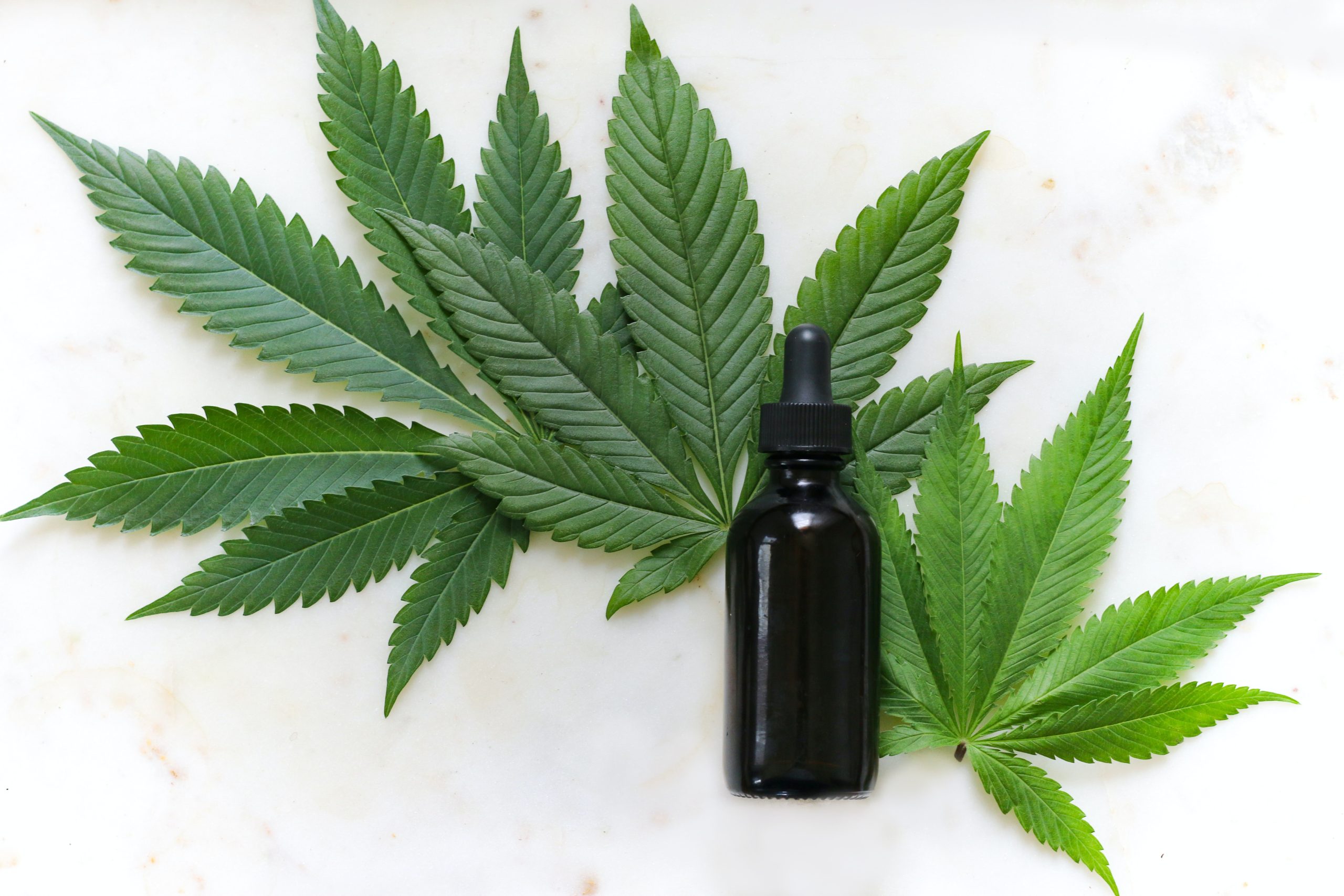
What is CBDA, and What are the Differences Between CBDA vs. CBD?
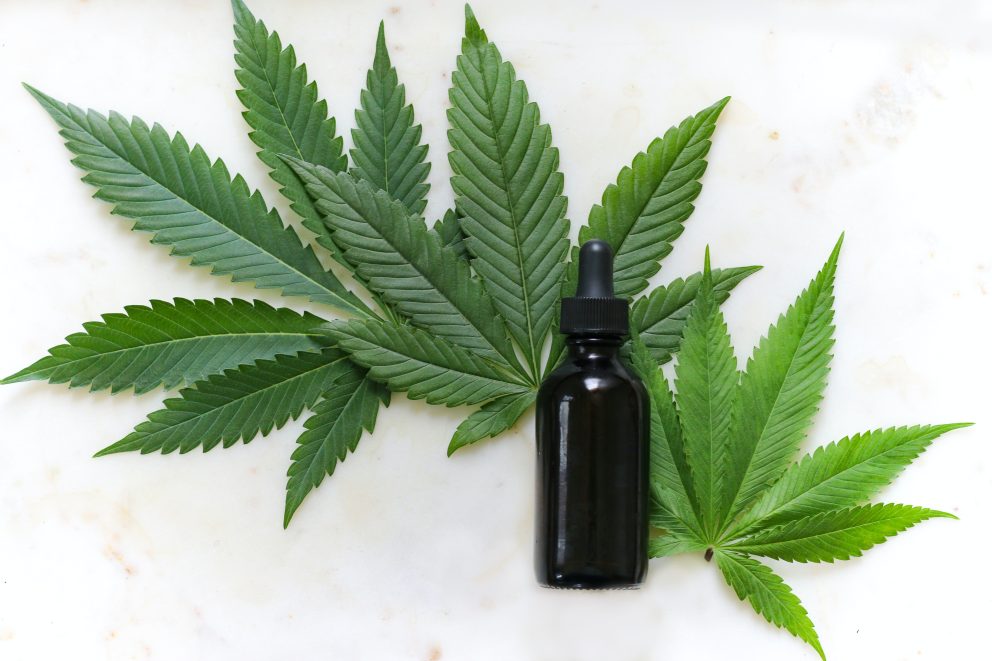
Photo by Kimzy Nanney
CBDA is just one of many minor cannabinoids found within the marijuana plant. But unlike the hundreds of others, this is one of the most consequential.
As scientists discover more about the effects and benefits of cannabinoids, it’s reinforcing existing literature and showing just how beneficial weed can be for a range of medical issues and general wellness.
But what’s the difference between CBD and CBDA? Let’s discuss what is CBDA and CBDA vs. CBD.
What is CBDA?
CBDA stands for cannabidiolic acid, which is a type of non-psychoactive cannabinoid detected within the cannabis plant.
During the harvesting process, your plant matter will go through decarboxylation, a fancy term for heating a cannabinoid to remove its carboxylic acid chain. Until recently, it was always believed that every cannabinoid needed to undergo decarboxylation for it to have any benefit at all.
But why is this?
The belief comes from the conversion of THCA into THC. Anyone can consume raw THCA juice and never get high, so it became the norm to assume that this rule applied to all cannabinoids.
The difference is that from what we know, the CBDA cannabinoid has genuine therapeutic benefits, meaning that decarboxylation isn’t always required to enjoy the many benefits of the marijuana plant.
However, despite promising breakthroughs in CBD-A research, we still don’t know if this cannabinoid works best alone. Instead, many believe that the synergy of action is the main contributor.
In other words, CBDA may be nothing more than an enhancer for CBD or vice-versa. Likewise, there’s an unproven theory that this cannabinoid “powers up” terpenes like pinene and limonene using the entourage effect.
Apply for a Medical Marijuana Card Online Today
Join over 100,000 patients who have chosen Green Health Docs as their medical cannabis doctors. We have a 99% approval rate and offer a 100% money back guarantee!
Common CBDA Effects
Now that you know what is CBDA, you may wonder how you can expect to feel when taking it. In short, this is a non-psychoactive compound and a minor cannabinoid, meaning you won’t feel the same effects as conventional cannabis strains.
Instead, most people report that products containing CBDA isolate create effects that are not dissimilar from CBD. So, a CBDA “high” would look something like this:
- Pain relief
- Changes in alertness
- Anxiety relief
- Feel less stressed
- Balanced
If you’ve never tried CBDA vs. CBD before, this can seem disappointing, but, like CBD, this cannabinoid is designed around its therapeutic benefits, not a euphoric high.
Moreover, it’s also important to mention the potential side effects of CBD and this cannabinoid, which include:
- Drowsiness
- Agitation
- Dry mouth
- Nausea
- Diarrhea
- Lightheadedness
Few people will experience side effects from consuming these products, which is why they have been legalized as part of the 2018 Farm Bill, as long as they are derived from hemp.
Thankfully, nobody has ever overdosed from CBD or its related minor cannabinoids. In fact, an early 2011 study reported that a toxic dose would be around 20,000 mg in a single sitting.
Does CBDA Get You High?
No, it’s impossible to get high from this cannabinoid for the same reason you cannot get high from conventional CBD. Both are non-psychoactive compounds found in all types of the weed plant.
Only significant quantities of THC can give you the conventional euphoric, mellow high native to pot.
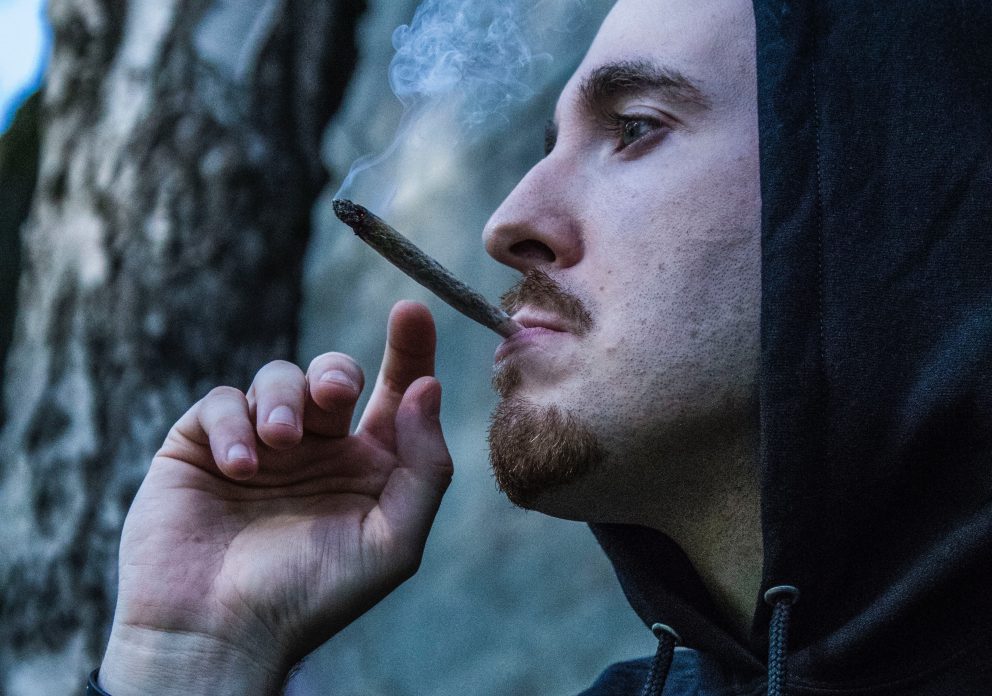
Photo by LexScope
What are the Benefits of CBDA?
So, what is CBDA good for, and what does CBDA do?
Due to the War on Drugs propagated by the U.S. that placed severe restrictions on cannabis research, we still know little about this cannabinoid. And this is despite the fact it was initially isolated way back in 1965. At the time, scientists believed it to be an inactive compound. Only later did they discover their mistake.
As research into the minor cannabinoids has accelerated, the scientific community is quickly discovering an array of potential CBDA benefits.
Let’s discuss some of them.
Anti-Cancer Potential
Most cancer-related deaths occur due to metastasis, where cancer cells grow and spread to other parts of the body. As tumors grow, they crowd out healthy cells, preventing your organs from functioning.
Some early research discovered that CBDA could potentially prevent invasive breast cancer cells from migrating. Although it didn’t destroy any cancer cells, it helped to confine them to one area.
Note that although these results are promising, further trials are required to confirm these results.
Antiviral Potential
The role of antiviral drugs is to stop viruses from replicating and causing further infection. On the other hand, some medications can bolster the immune system to fight back against the virus.
Research into CBDA for its anti-viral potential isn’t unique to this cannabinoid. Several studies have been conducted into different cannabinoids and how they might help the body fight back against viruses.
But the potential is exciting. Thus far, studies have shown that this cannabinoid could function similarly to antivirals, making CBDA a medical breakthrough in the making.
Anti-Inflammatory
Inflammation has long been linked with various health problems, including diabetes, heart attacks, and even cancer.
We already know that CBD and THC have anti-inflammatory benefits, and the same applies to this cannabinoid.
Researchers have found that this cannabinoid can inhibit the COX-2 enzyme, pivotal in controlling inflammation. This is also the same enzyme common pharmaceuticals target.
Regarding CBDA vs. CBD for pain, studies are ongoing into which one is more effective.
Anti-Nausea
Any number of factors can trigger nausea. Either way, it’s an unpleasant experience demonstrating an imbalance between the gut and the brain. Over time, persistent nausea can graduate to regular vomiting.
Animal studies using this cannabinoid demonstrated a critical difference between CBD and CBDA. Not only did the latter help prevent nausea and vomiting, but it was more effective than CBD in this respect.
Mood Disorders
It’s well-known that cannabinoids like CBD can help people feel less anxious and stressed. And the scientific community’s interest in cannabinoids and their ability to manage and even treat mood disorders like anxiety and depression has spiked.
Some research has suggested that this cannabinoid may influence the serotonin receptors in your brain, which are responsible for making you feel happy.
However, further research is required to determine its long-term efficacy.
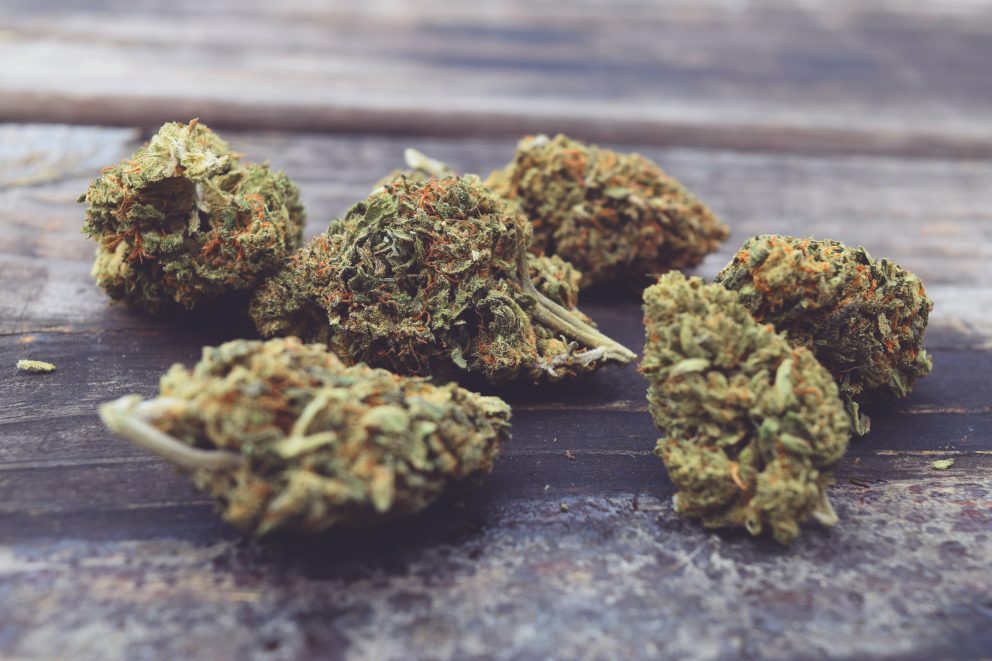
Photo by Canvast Supply Co.
What Strains are High in CBDA?
Deciding what is CBDA vs. CBD best for requires delving into the existing research. But if you want to try this minor cannabinoid, you have two choices:
- Conventional cannabis strains
- Dedicated CBDA products, including isolate and full-spectrum.
We strongly recommend the former if you can tolerate weed because of all the extra cannabinoids and terpenes you can extract. So, what strains contain the highest levels of this cannabinoid?
Harlequin
Harlequin is a sativa-based strain known for its elevated levels of CBD and its related minor cannabinoids.
Expect to feel clear-headed and relaxed without feeling sedated when you smoke up Harlequin. With a lineage including Nepali Indica and Colombian Gold, this high-CBD strain is most effective for targeting anxiety and inflammation.
Expect flavors ranging from sweet mango to an earthy musk.
Cannatonic
Like Harlequin, Cannatonic is another high-CBDA strain designed to provide a mellow, relaxing high without intense feelings of intoxication. Users feel uplifted during this short-lived high.
Cannatonic is one of the most popular choices for medical marijuana patients experiencing problems with pain and muscle spasms.
Flavors range from sweet citrus to earthy.
Ringo’s Gift
Ringo’s Gift is a cannabis strain made from ACDC and Harle-TSU. Named after cannabis activist Lawrence Ringo, this strain contains a broad range of ratios. For example, although commonly 1:1 between CBD and THC, some strains have had a 24:1 CBD to THC ratio.
Naturally, Ringo’s Gift also contains tremendous amounts of minor cannabinoids, which is why it has become so popular within the cannabis clubs of Spain.
Perhaps the best part of this strain is that it provides a high level of body relaxation without creating a “couch-lock” effect.
Pennywise
Pennywise is an Indica cross of Harlequin and Jack the Ripper, which is where the inspiration for the name comes from.
These purple-tinged flowers contain distinct notes of bubblegum and lemon and high levels of CBDA and CBD. Its unique profile has made it a common go-to for medical marijuana patients diagnosed with conditions like epilepsy, arthritis, and Post-Traumatic Stress Disorder (PTSD).
Sour Tsunami
Sour Tsunami is a legend within the world of cannabis because it was one of the first to be bred with high CBD content in mind.
This combination of Sour Diesel and NYC Diesel has led to a highly effective strain that relieves pain and inflammation.
Unlike the other cannabis strains on this list, Sour Tsunami also contains high levels of THC, so you can expect a regular high.
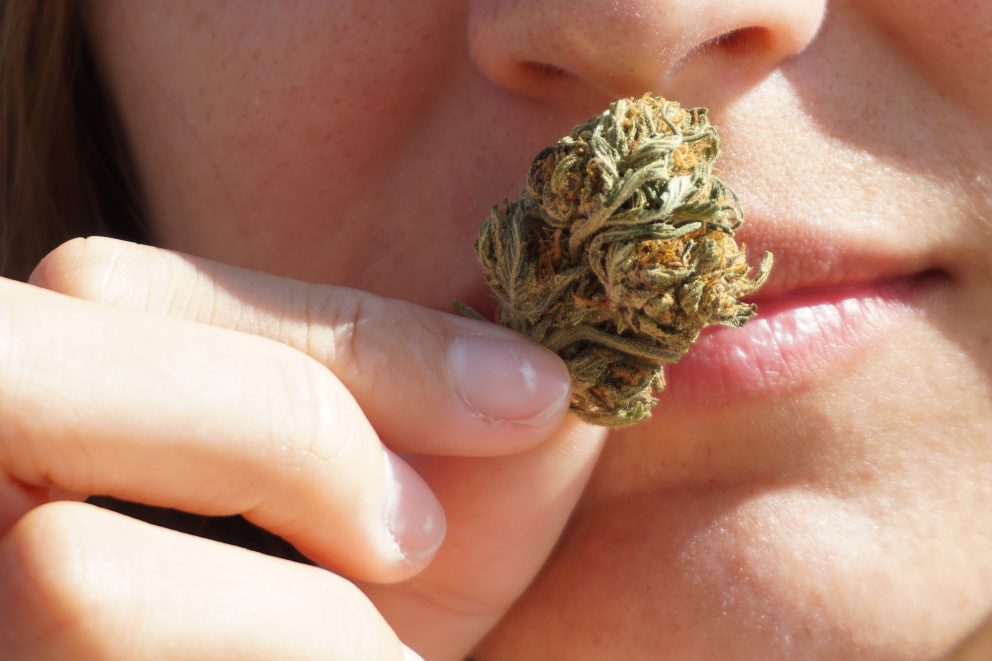
Photo by Elsa Oloffson
What is the Difference Between CBDA vs. CBD?
Comparing CBD vs. CBDA may appear like a pointless endeavor initially because of their apparent similarities. But despite them, they do have significant therapeutic differences.
As with other minor cannabinoids, there’s no real difference from a user perspective, but from a therapeutic standpoint, this is where the differences lie.
Here’s a rundown of the main differences.
CBDA is Rarer
CBD is available in abundance and is considered to be the more stable compound. Although CBDA happens to be one of the most common minor cannabinoids, most of it is lost after harvesting and decarboxylation.
The reasoning is that this minor cannabinoid can lose its acidic side chain just by sitting outside at room temperature. Once this happens, it becomes CBD, and there’s no turning back.
CBDA May Be More Effective
Look back at the benefits listed above, and you’ll notice that some studies have pointed toward CBDA producing more powerful therapeutic benefits than CBD.
It’s believed that this minor compound has a greater bioavailability rating than conventional CBD, meaning that your body will metabolize it faster with significantly less effort.
Both Cannabinoids Work Differently
Compare CBDA vs. CBD, and you’ll note that they both influence the endocannabinoid system. But how they interact with it differs.
CBD inhibits the release of the FAAH enzyme, which breaks down anandamide. In contrast, CBDA may activate your 5-HT1A serotonin receptors, which may be why it can treat the symptoms of certain mood disorders.
Unfortunately, all we know so far is that they interact with the endocannabinoid system differently, but not to what extent.
Conclusion
Learning what is CBDA is crucial to understanding why marijuana is so effective for medical marijuana patients. However, further research is required to get the full picture of what this minor cannabinoid does and how effective it is.
In the meantime, if you want to enjoy the benefits of cannabinoids, you could be eligible for your state’s medical marijuana program.
To find out if you qualify for an MMJ card online, get in touch with Green Health Docs today.
 This article has been reviewed by Dr. Anand Dugar, an anesthesiologist, pain medicine physician and the founder of Green Health Docs. Graduating from medical school in 2004 and residency in 2008, Dr. Dugar has been a licensed physician for almost 20 years and has been leading the push for medical cannabis nationwide.
This article has been reviewed by Dr. Anand Dugar, an anesthesiologist, pain medicine physician and the founder of Green Health Docs. Graduating from medical school in 2004 and residency in 2008, Dr. Dugar has been a licensed physician for almost 20 years and has been leading the push for medical cannabis nationwide.
